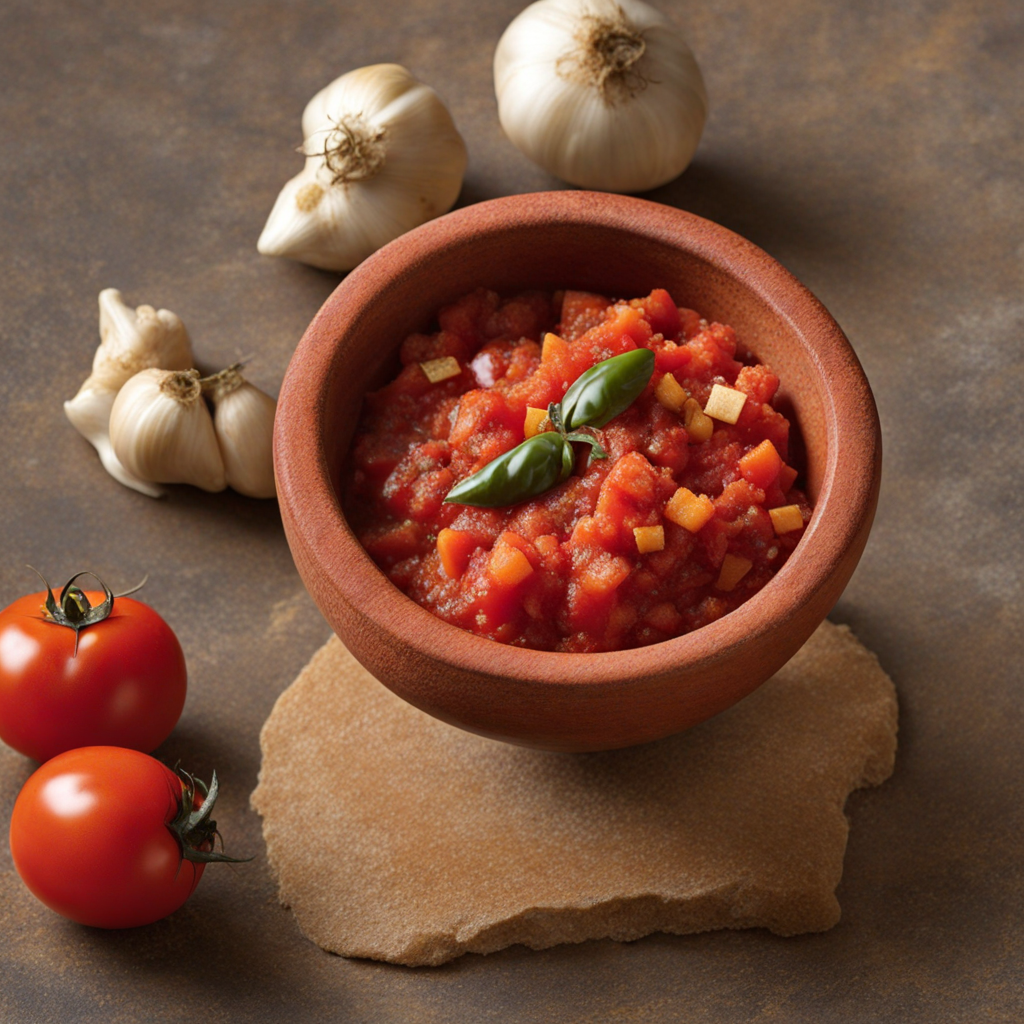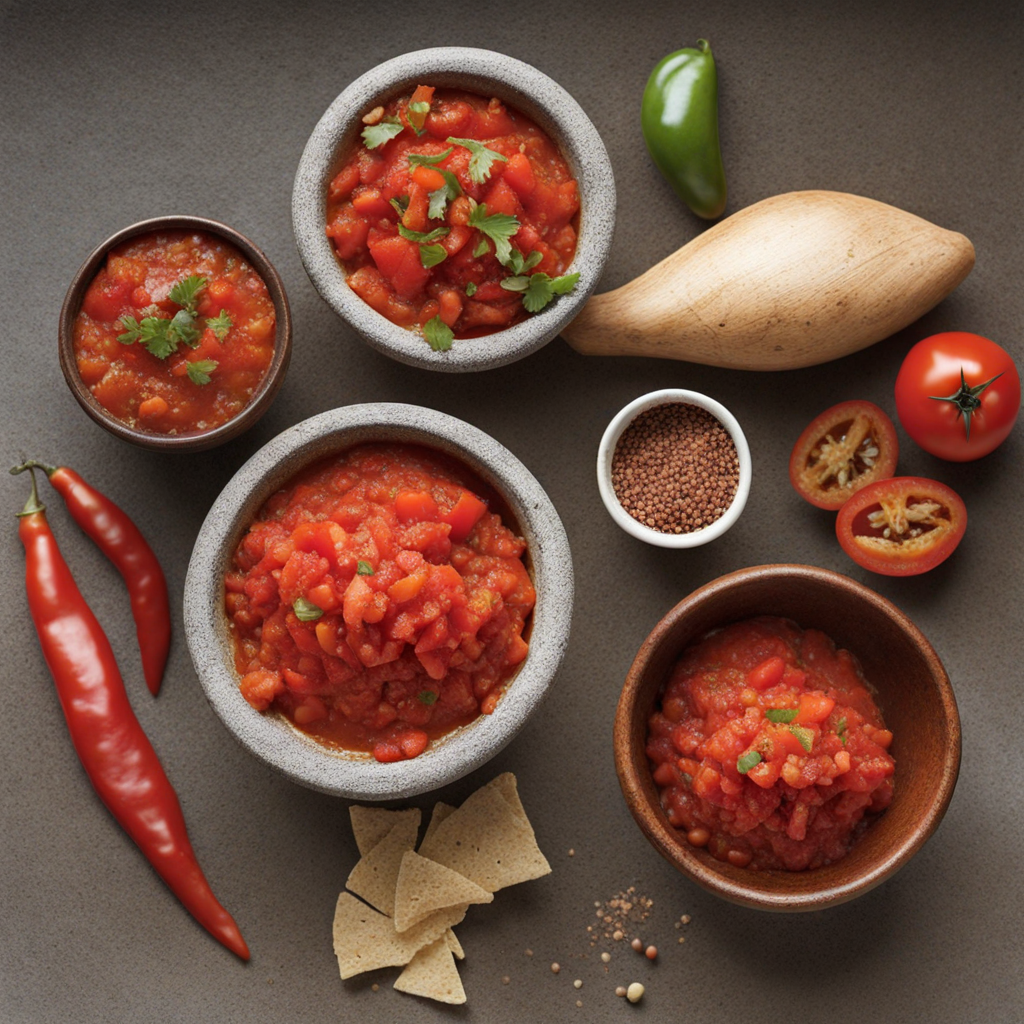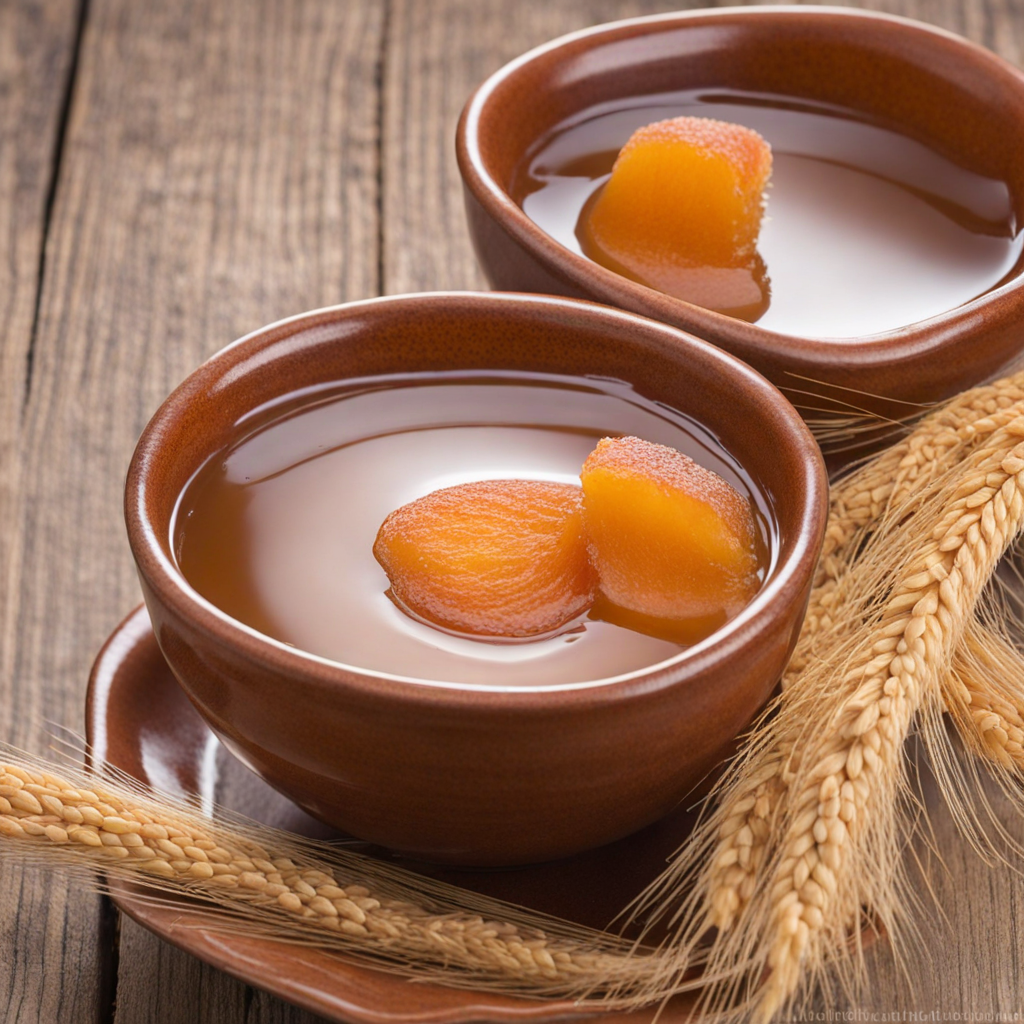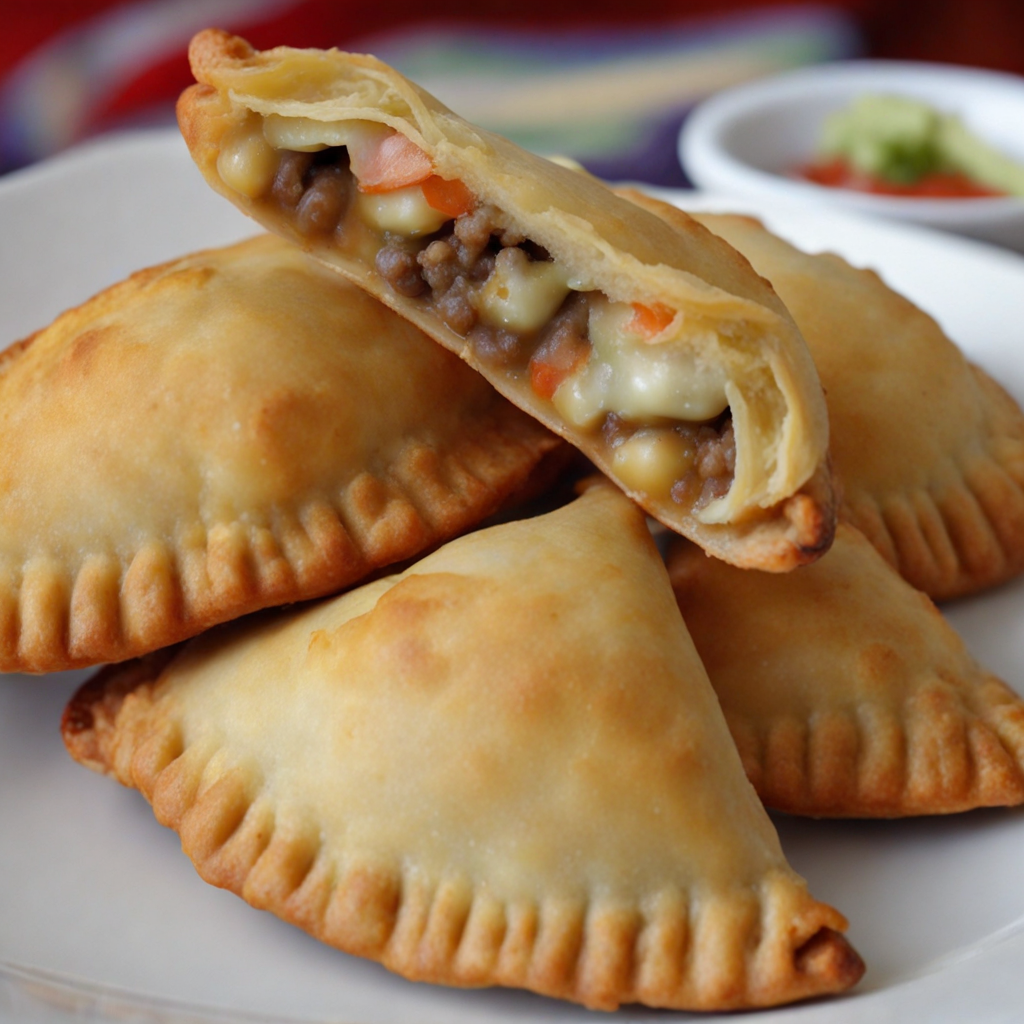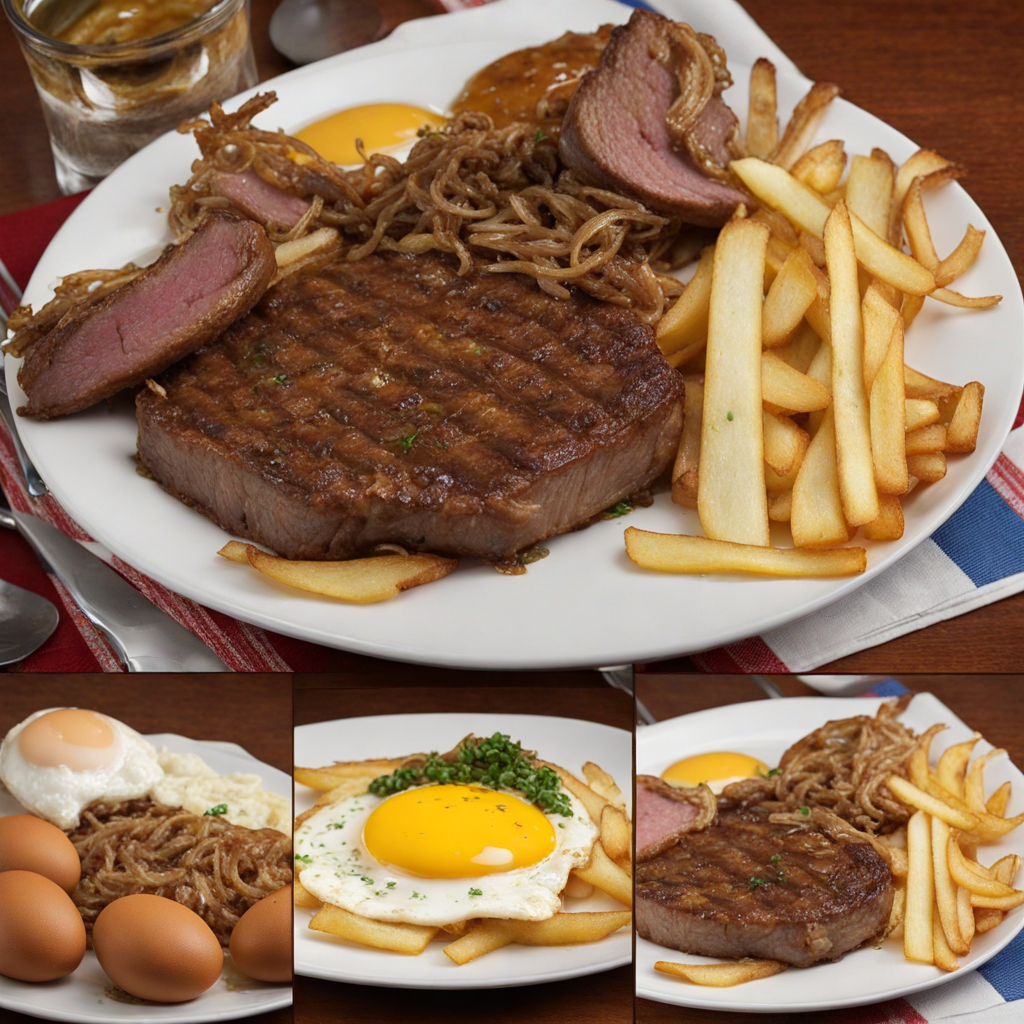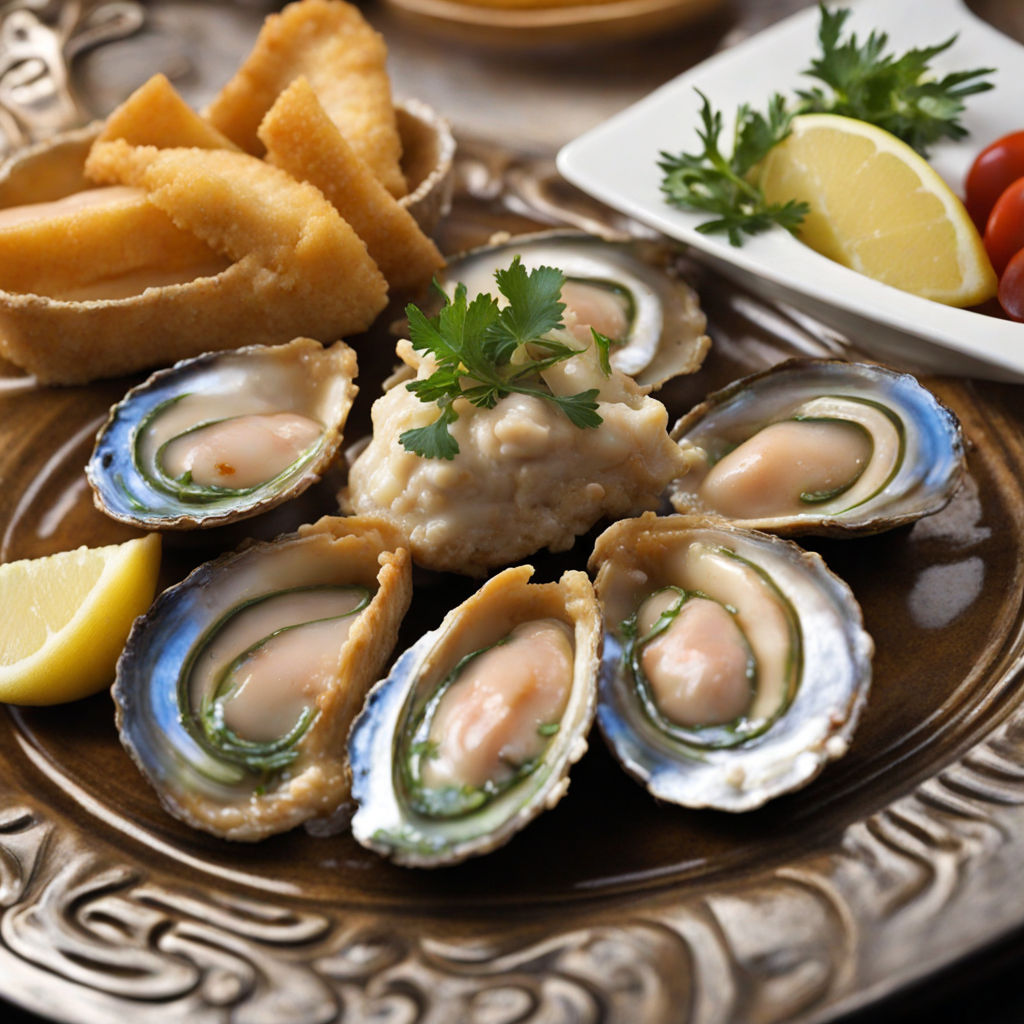Chanco en Piedra
Chanco en Piedra is a traditional Chilean dish that embodies the rustic flavors and hearty ingredients of the country's culinary heritage. This unique dish features tender pieces of pork, typically sourced from local farms, which are slow-cooked to achieve a melt-in-your-mouth texture. The meat is seasoned with a blend of local spices and herbs, allowing the natural flavors to shine through. It is often accompanied by a variety of vegetables, including potatoes and corn, which absorb the savory juices during the cooking process, creating a delightful harmony of flavors that is both comforting and satisfying. One of the standout characteristics of Chanco en Piedra is the method of preparation, which involves cooking the pork in a stone pot or "piedra," enhancing the dish's earthy essence. The slow cooking technique allows the flavors to meld beautifully, resulting in a rich, aromatic stew that is perfect for sharing. The dish is typically served with a side of pebre, a fresh Chilean salsa made from tomatoes, onions, cilantro, and chili peppers, which adds a vibrant contrast to the hearty meat. Chanco en Piedra is not just a meal; it is a culinary experience that reflects the rich agricultural landscape of Chile. The use of local ingredients and traditional cooking methods makes this dish a true representation of Chilean culture. Whether enjoyed during a family gathering or a festive celebration, Chanco en Piedra invites diners to savor the deep, comforting flavors that tell the story of a land filled with passion for food and community.
How It Became This Dish
Chanco en Piedra: A Culinary Treasure of Chile #### Origins Chanco en Piedra, a traditional dish hailing from the heart of Chile, is more than just a meal; it is a testament to the rich cultural tapestry woven by the country's indigenous peoples, Spanish colonizers, and the natural bounty of its varied landscapes. The name "Chanco en Piedra" translates to "Pork on Stone," a reference to the method of preparation that dates back to the indigenous Mapuche people who inhabited the region long before European settlement. The origins of Chanco en Piedra can be traced to the ancient culinary practices of the Mapuche, who relied heavily on locally sourced ingredients. The dish primarily features pork, which was a staple protein for many communities. The preparation method is distinct: meat is cooked slowly on hot stones, a technique that not only enhances the flavor but also reflects the deep connection between the people and their environment. This method of cooking is thought to have roots in the traditional earth ovens (or "curanto") that were used by indigenous peoples throughout the Americas. #### Cultural Significance As Chile evolved through the centuries, so did its culinary practices. The arrival of Spanish colonizers in the 16th century introduced new ingredients and cooking techniques that would influence the development of Chanco en Piedra. The fusion of indigenous and colonial practices led to a dish that embodies the spirit of Chilean culture—an amalgamation of flavors, methods, and traditions. Chanco en Piedra is particularly significant during communal festivities and family gatherings. It is more than just food; it serves as a medium for social interaction and cultural expression. The act of preparing Chanco en Piedra is often a communal affair, where family and friends come together to share the labor and the joy of cooking. This dish is particularly popular in rural areas and is often associated with celebrations, such as birthdays, holidays, and local festivals. In the Mapuche culture, food is imbued with spiritual significance. The preparation and sharing of Chanco en Piedra can be seen as a way to honor ancestors and maintain cultural continuity. The dish is often accompanied by traditional sides such as pebre, a Chilean condiment made from chopped tomatoes, onions, cilantro, and spicy peppers, which adds freshness and zest to the hearty pork. #### Development Over Time As Chile entered the 20th century, the popularity of Chanco en Piedra continued to grow, and it became more widely known beyond its regional roots. The dish began to appear in local restaurants and was embraced by a broader audience, including tourists. This exposure led to variations in preparation methods and presentation; while traditionalists adhered to the age-old practice of stone cooking, some modern chefs began experimenting with different techniques, such as roasting the pork in an oven or using grills. In recent years, Chanco en Piedra has gained recognition as an emblem of Chile's culinary heritage. It has been featured in food festivals, culinary competitions, and gastronomic events, spotlighting the importance of preserving traditional recipes in an era dominated by globalized cuisine. Chefs and home cooks alike are increasingly aware of the significance of using high-quality, locally sourced ingredients, which has revitalized interest in traditional dishes like Chanco en Piedra. The rise of the farm-to-table movement in Chile has also contributed to the resurgence of traditional dishes. With a renewed focus on sustainability and local produce, many chefs have sought to highlight the richness of Chilean ingredients, including various types of pork that are raised in accordance with ethical practices. This has led to innovations in how Chanco en Piedra is prepared, while still respecting its roots. #### Contemporary Interpretations Today, Chanco en Piedra can be found in various forms throughout Chile, with each region adding its own twist to the classic recipe. Some variations incorporate additional ingredients, such as vegetables or spices, to create a unique flavor profile. The dish has also inspired contemporary chefs to explore new pairings, integrating modern culinary techniques while retaining the essence of traditional Chilean cooking. For example, some restaurants may offer Chanco en Piedra served with a side of roasted seasonal vegetables or a quinoa salad, which reflects the increasing influence of health-conscious dining trends. Additionally, chefs may present the dish in a more refined manner, using plating techniques that elevate its visual appeal without compromising its traditional flavors. Despite these contemporary interpretations, the core of Chanco en Piedra remains unchanged: it is a celebration of Chile’s rich culinary heritage, a dish that embodies the spirit of community, and a reminder of the importance of preserving traditional foodways in a rapidly changing world. #### Conclusion In conclusion, Chanco en Piedra is a dish steeped in history and cultural significance, representing a harmonious blend of indigenous and colonial influences. From its roots in the Mapuche culture to its contemporary interpretations, this dish continues to be a source of pride for Chileans. As it evolves and adapts to modern tastes, Chanco en Piedra serves as a poignant reminder of the importance of food as a vehicle for cultural identity and community connection. Whether enjoyed at a family gathering or in a bustling restaurant, Chanco en Piedra encapsulates the essence of Chilean cuisine, celebrating the flavors, traditions, and stories that define this vibrant country.
You may like
Discover local flavors from Chile


